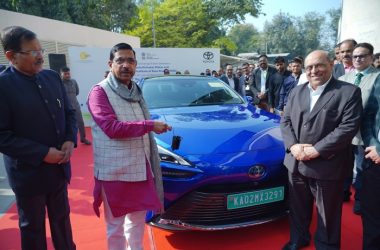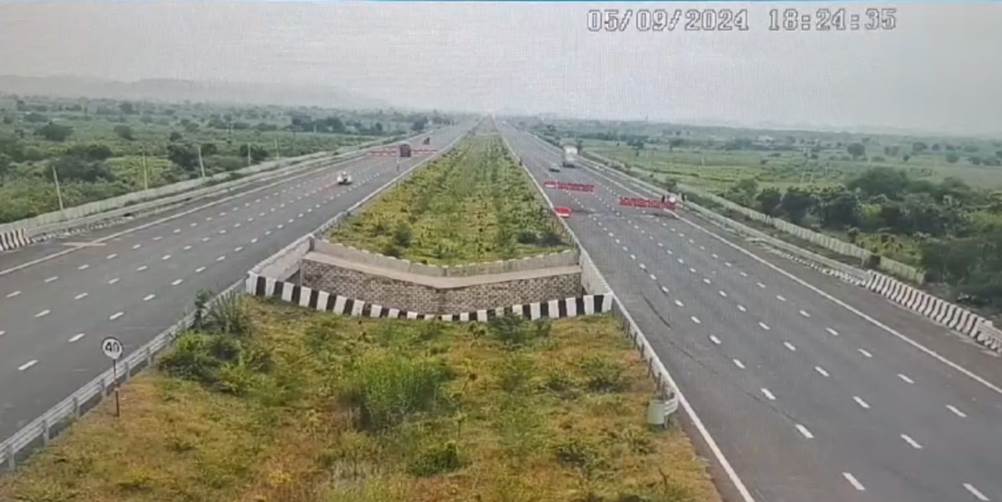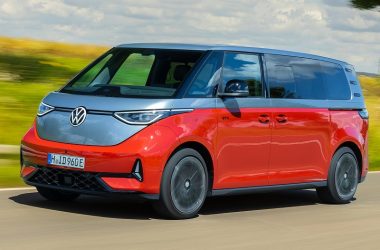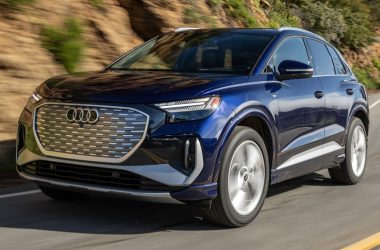New Delhi — Traffic congestion in Delhi continues to be a pressing challenge, as highlighted in a recent written reply by Union Minister for Road Transport and Highways, Nitin Jairam Gadkari, to the Lok Sabha. While several steps have been taken to decongest the capital’s roads, rapid urbanization, vehicle surge, and ongoing construction works continue to strain the city’s transportation infrastructure.
The Ministry of Road Transport and Highways (MoRT&H) remains responsible for the development and maintenance of National Highways, while the National Capital Territory (NCT) of Delhi manages its State roads. However, both authorities are contending with an increasingly complex situation. Socio-economic growth, a booming population, and a steep rise in private vehicle ownership have all contributed to traffic bottlenecks across the city.
A key bright spot is the Delhi Metro, which now spans an operational length of 395 kilometers. According to a study conducted by The Energy and Resources Institute (TERI) for the Delhi Metro Rail Corporation (DMRC), the metro has helped remove over 6.44 lakh vehicles from Delhi’s roads daily in 2024. With more than 71 lakh commuters using the metro every day, the network continues to be a major contributor to easing road traffic.
Despite this, a March 2024 survey by the Delhi Traffic Police identified 134 congestion hotspots. These trouble spots were primarily caused by civic construction works, encroachments, and overwhelming traffic volume. Civic agencies were promptly alerted to address these concerns.
Further compounding the issue, in October 2024, the Traffic Police flagged 128 stretches of poorly maintained or potholed roads and 97 damaged or encroached footpaths to civic bodies for urgent action.
To provide a long-term solution, the government has initiated a sweeping infrastructure upgrade worth over ₹51,000 crore. The initiative focuses on the widening, upgradation, and development of arterial National Highways in and around Delhi. Projects already completed and those underway aim to transform the capital’s road network into a more robust and efficient system.
As Delhi battles its traffic blues, the challenge remains multifaceted—requiring not just infrastructure investment, but also better urban planning, stricter enforcement of road rules, and encouragement of public transport adoption. For now, the city’s commuters continue to navigate a daily maze of jams, detours, and delays.
Projects Completed:
| S.No. | Project Name | Length(km.) | Cost(Cr.) |
| 1 | Eastern Peripheral Expressway (EPE) | 135 | 12,000 |
| 2 | Delhi Meerut Expressway | 82 | 5,500 |
| 3 | Dwarka Expressway (PKG-3 & 4) | 18.96 | 4,087 |
| 4 | 6-Lane UER-II (Urban Extension Road) (PKG-3& 4) | 39.26 | 2,847 |
| 5 | DND Interchange – Kalandikunj (alongYamuna) -Faridabad-Ballabgarh-Sohana (Pkg- 2 & 3) | 50 | 2,716 |
| 6 | Delhi to Panipat | 70 | 2,205 |
| 7 | 6-Lane Gurgoan to Sohna | 21 | 2,009 |
| 8 | Flyover & Underpass on Delhi-Gurugram | 0 | 1,005 |
| 9 | 8 lane corridors from Dhaula-kuan to Airport | 3 | 270 |
| 10 | Elevated U-Turn near Ambiance Mall | 2.78 | 103 |
| Total | 422 | 32,742 | |
Projects taken up:
| S.No. | Project Name | Length(Km.) | Cost(Cr.) | Target forCompletion |
| 1 | 6-Lane UER-II (Urban Extension Road) (PKG-1 & 2) | 36.74 | 5153 | June, 25 |
| 2 | Dwarka Expressway(PKG-1 & 2) | 10.1 | 4293 | June, 25 |
| 3 | 6 lanes of Delhi (Akshardham) to intersection of Eastern Peripheral Expressway (Provisionally Completed) | 31.6 | 3500 | Provisionally Completed |
| 4 | Connectivity between IGI airport to Jewar Airportand also to Delhi Mumbai Expressway | 32 | 2900 | June, 26 |
| 5 | DND Interchange – Kalandikunj (alongYamuna) -Faridabad- Ballabgarh-Sohana (Pkg-I) | 9 | 1468 | Oct, 25 |
| 6 | 4L Connector from Delhi Meerut Expressway (Km 50.000 of Pkg IV) to Km8.520 of NH-235, (DME, PKG-V) | 14.6 | 1081 | Dec, 25 |
| Total | 134.04 | 18,395 | ||







